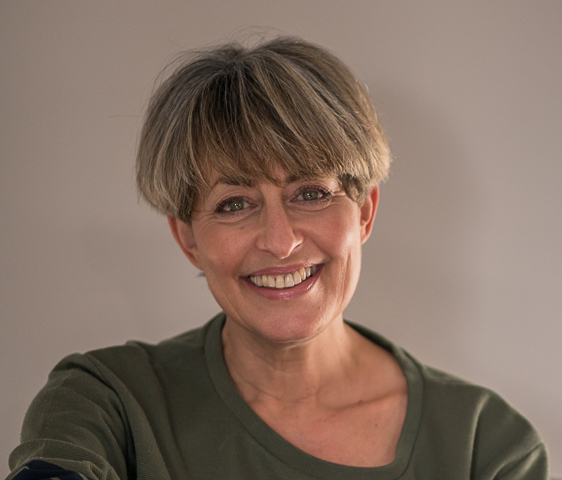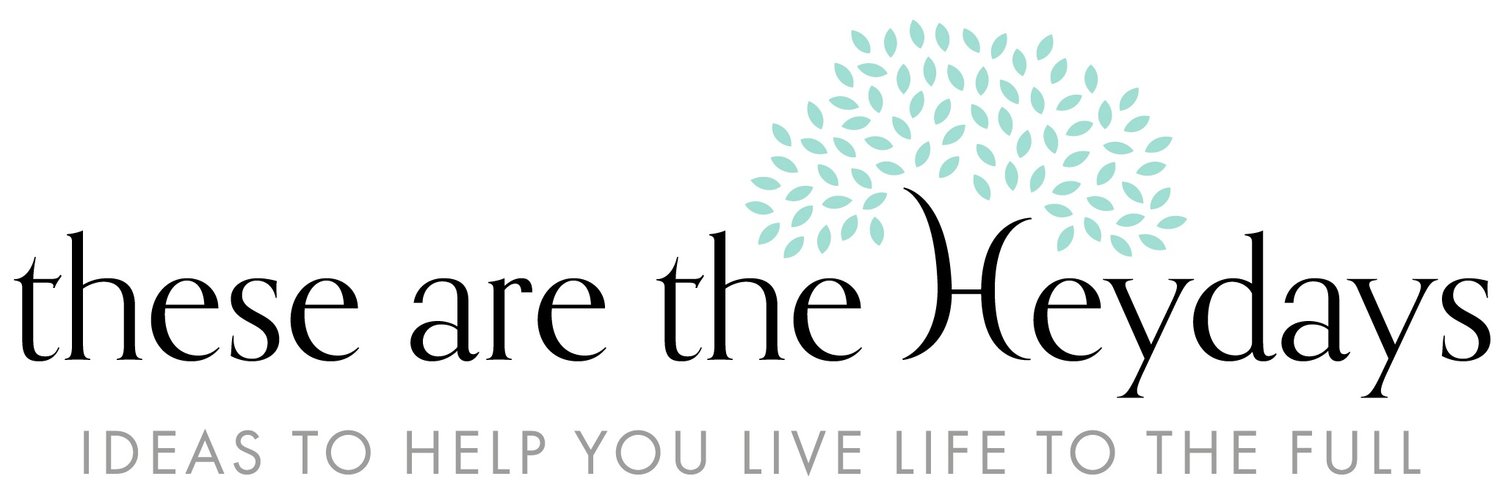5 top tips for better balance
It’s long been recognised that balance is a key component of good health. Now a new study has found that better balance is also an indicator of longevity and that after the age of 50, the better your balance, the stronger your chances are of living longer.
The 12 year study into the relationship between balance and mortality was carried out in Brazil, and it looked at a group of 1,702 participants aged between 51 and 75. It found that being unable to stand on one leg for 10 seconds was associated with a substantially increased risk of death (and not just from toppling over and hitting your head).
A bit more bad news about balance before I get on to the positive stuff, but it is coming, so bear with.
Poor balance is a well known side effect of a variety of underlying medical conditions including inner ear infection, Parkinsons and hearing loss. But it can also serve as a warning sign of future issues and has been associated with the development of dementia.
Some degree of deterioration in balance is inevitable as we age. The cells in the lower part of our spinal cord that connect with our trunk and leg muscles and that do the job of controlling our balance and movement become less efficient the older we get, so however healthy and fit you are, you simply won’t be able to balance for as long as you did when you were younger.
BUT (here comes the positive bit)
There is something you can do to keep that deterioration to a minimum. Something that, in the process, will have a positive effect on your life expectancy. And that something is a simple as a few moments of balance exercises each day. (And when I say ‘a few’ I mean no more than 5.)
Over the past 18 months I’ve struggled with balance issues triggered by what turned out to be a frayed tendon in one of my ankles, which in turn caused all kinds of havoc in my hip, back and even shoulder. Delightful. Thanks to a lot of input from podiatrists, my brilliant physiotherapist and an exercise specialist, I’m back to being practically pain free (I can’t even describe how miraculous it feels to be able to type those words).
As a result of those frustratingly long months of trying first to figure out what was wrong, then sorting out getting it fixed, I’ve done a whole load (that’s a technical term dontcha know) of balance-related exercises. What follows are the five that I’ve found most useful and effective.
1. Stand on one leg
Standing on one leg can be done with the other let bent at the knee or resting against the standing leg
If you’re a regular Heydays follower/reader (thank you) you’ll know that I do this every evening when I’m cleaning my teeth. It’s become so much a part of my end of day routine that it feels weird if I brush standing on two feet!
When you start off, use something to help you balance (like a wall or the back of a chair) and slowly increase the length of time you let go until you don’t need any support.
I lift my knee up in front of me, but you can also rest your foot on the other leg - at calf, knee or thigh height, whatever feels ok - or just lift your foot up behind you. Whichever you do, try to keep your hips level
The bonus of this exercise is not just that it improves your balance, but that there’s evidence that doing it regularly can also help improve hip bone density which reduces the risk of fractures if you fall.
2. Sideways walking
Stepping to one side. Progress to doing it with your knees more bent keeping your back straight
Stand with your feet together with your knees slightly bent. Step out to the side with one foot, wider than hip width, in a slow controlled way. Then bring the other foot to join it.
Do ten of these in each direction.
Progressions can include squatting down more, making sure your bum is sticking out and your back is straight. Then doing the same thing with a resistance band tied around your legs just above the knee.
But stick with the simple one to start with!
3. Calf raises
Calf raises can be done with a ball to stop your ankles rolling inwards
This helps strengthen your calf and ankle muscles which, in turn, helps improve your balance. It’s another one you can do holding on to the wall or a chair to begin with. I do it with a smallish ball between my ankles which helps to stop them rolling in.
With your feet slightly apart, slowly lift straight up onto tip toes. Hold for a couple of seconds, then slowly lower your feet down until they’re flat on the floor.
Do this 10-15 times.
4. Heel to toe walk
Heel to toe walking is trickier than it looks
Again the wall can be your friend until you feel confident and balanced enough to do this unaided.
Standing as upright as possible and looking forward not down, step your right foot directly in front of your left one with the right heel touching your left toes. Then, repeat with the left foot. It’s trickier than it sounds.
Work up to 10 steps, then do more if you can.
5. Stepping up
Do stepping up onto the bottom step
This one is slightly more advanced, so save it until you’re doing the rest relatively easily. The best place to do it is at the bottom of the stairs (negating the danger of any toppling risk)
Step up onto the first stair with your right foot, lift the left foot, pause, then bring it up to join the right one. Lift the right foot, pause, lower it to the floor behind you, then lift the left one, pause, and bring it down alongside the right one.
Repeat starting with the left foot. Do this 10 times, and build up to 20 if you can.
The idea is to spend as much time on one foot as possible whilst changing your body’s centre of mass which is what challenges and improves your balance.
For all the reasons I explained at the start, it’s hard to overstate how important balance is as we age, or the part it has to play in our ongoing health and longevity. So how great is it that we not only have the power to keep our balance as good as possible, but that it takes up so little time? Really great, right?
Other posts you’ll enjoy
How to keep yourself healthy now and always
A must-read book about ageing well
The remarkable Heydayer whose lifelong mission is to help us exercise better









